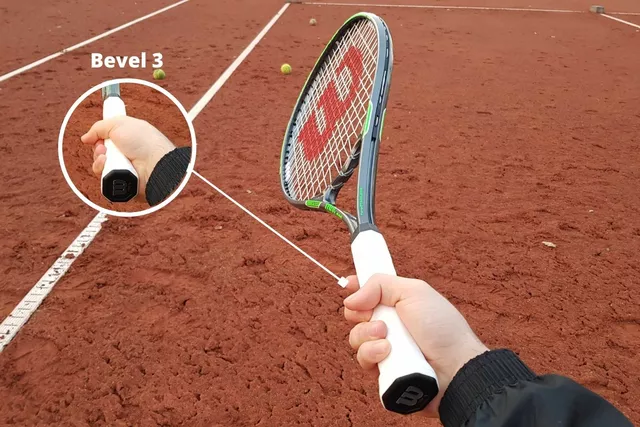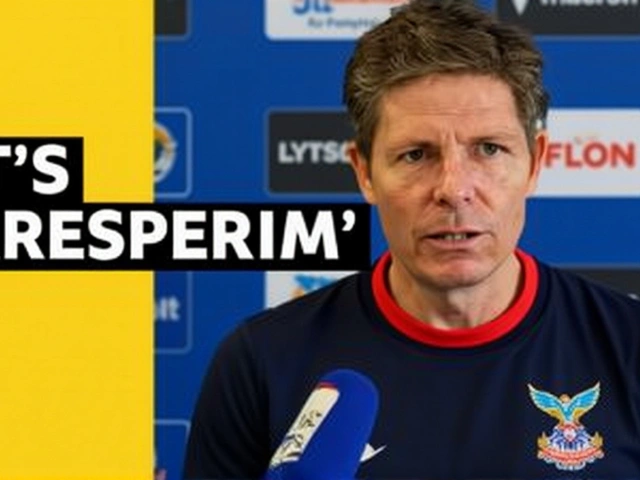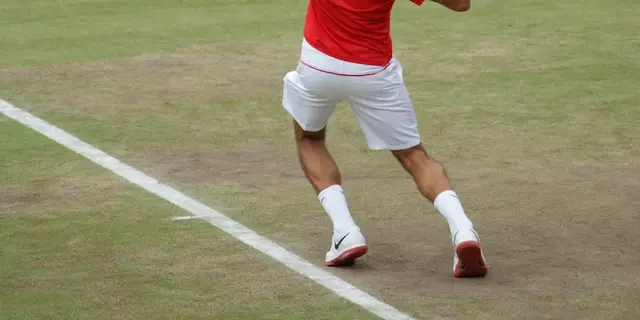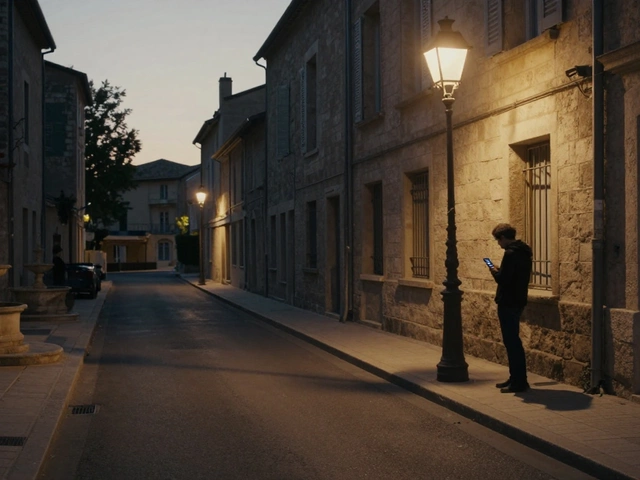Grand Slams: Essential Guide for Every Tennis Player
If you dream of lifting one of the four iconic trophies, you need more than raw talent. You need to know what each Grand Slam demands and how to train for it. This guide breaks down the basics, shares quick prep ideas, and gives you a realistic game plan for the Australian Open, French Open, Wimbledon, and US Open.
What Makes Each Grand Slam Unique
The Australian Open kicks off the year on fast‑paced hard courts. The surface rewards a strong serve and aggressive baseline play. The heat can be brutal, so hydration and heat‑acclimation drills are a must.
Paris hosts the French Open on slow clay. Points last longer, so you’ll need patience, heavy topspin, and excellent footwork. Sliding into shots is a skill you can practice on a clay‑training area or by using a sliding mat at home.
Wimbledon is the only grass event. The ball skids, making low, fast shots the norm. Keep your slice sharp and work on quick split‑step reactions. A short, low‑bounce rally is common, so stay on your toes.
The US Open returns to hard courts, but the balls are a touch faster than in Melbourne. Power and consistency win here, but the summer humidity can sap energy. Build stamina with interval training and practice in warm conditions.
Practical Tips to Perform Your Best at a Major
Start your prep at least three months before the tournament. Mix court‑specific drills with general fitness. For hard courts, add plyometrics to boost explosiveness. On clay, do longer rally drills to improve endurance.
Mindset matters as much as technique. Visualize each point before you step onto the court. A simple routine – deep breath, squeeze your racket, focus on the target – can keep nerves in check during big moments.Equipment can give you a tiny edge. Use a racket with a balance that matches the surface: slightly head‑light for grass, a bit more head‑heavy for clay. Make sure your strings are tuned for the right tension – lower tension offers more power on slower surfaces, higher tension gives control on fast courts.
Recovery is often overlooked. After every practice session, stretch, roll out your muscles, and hydrate with electrolytes. A 20‑minute ice bath after a long match can cut inflammation and speed up the next day’s performance.
Finally, study recent matches. Notice how top players adapt their footwork and shot selection to each venue. Copying a few key patterns – like Nadal’s heavy topspin on clay or Djokovic’s backhand depth on grass – helps you develop a versatile game.
Grand Slam success isn’t instant, but with focused practice, smart recovery, and the right mental tricks, you can close the gap between dreaming and winning. Ready to start? Grab your racket, pick a surface, and put these tips into action today.
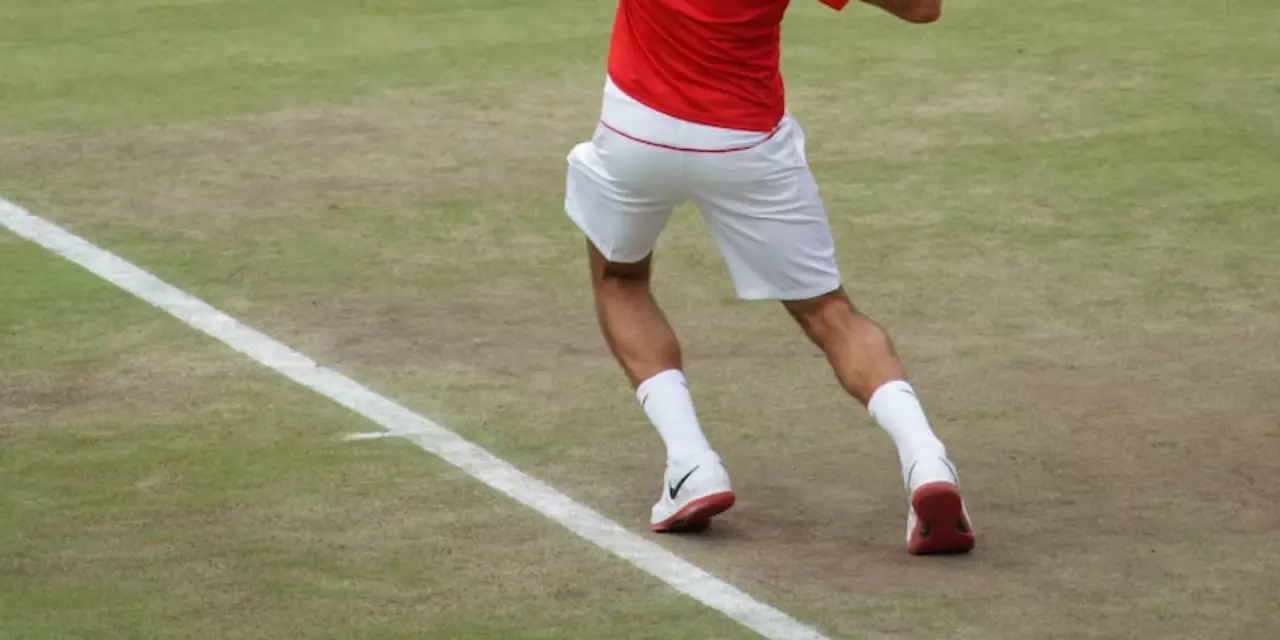
Which tennis player will overtake Federer's 20 Grandslams?
This article discusses the possibility of a tennis player surpassing Roger Federer's record of 20 Grand Slams. While no one has come close to his record, some players are in contention to break it. Novak Djokovic and Rafael Nadal are two of the top contenders, both having won 17 Grand Slams. They are the only two players to have won all four Grand Slams at least twice. Other players such as Dominic Thiem, Daniil Medvedev, and Alexander Zverev are younger contenders who could potentially break the record in the future. Ultimately, only time will tell which player, if any, will be able to overtake Federer's impressive 20 Grand Slams.
Detail